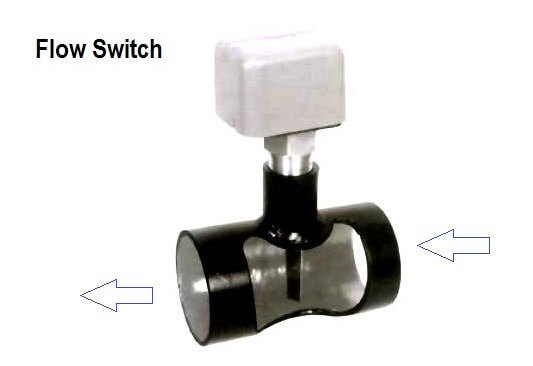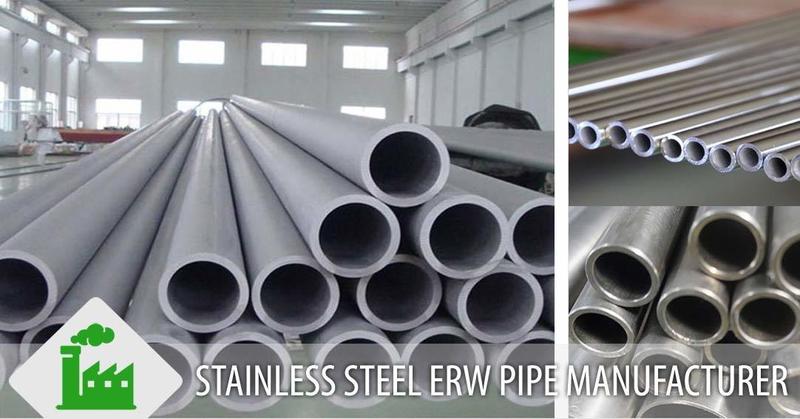Liquid Flow Equipment Controller- How Does it work?
481
0
·
2021/01/20
·
2 mins read
☕
WriterShelf™ is a unique multiple pen name blogging and forum platform. Protect relationships and your privacy. Take your writing in new directions. ** Join WriterShelf**
WriterShelf™ is an open writing platform. The views, information and opinions in this article are those of the author.
Article info
Categories:
⟩
⟩
Tags:
Date:
Published: 2021/01/20 - Updated: 2021/01/21
Total: 485 words
Like
or Dislike
More from this author
More to explore











Estimating the fluidity of liquids is essential in industrial uses. In some cases, the skill of managing proper flow measurements is so important that even a minute difference can either lead to a profit or a loss. In other states, incorrect flow measurements or failing to take steps can lead to problematic and harmful results.
Most liquid flow controllers discover the flow rate inferentially by seeing kinetic energy changes or holding the fluid's velocity. The fluid speed will depend on a mass differential that forces the liquid through a channel or pipe. Since the pipe's cross-sectional area will always remain steady, the flow rate is the standard velocity.
Working of Liquid Flow Controller
A liquid flow controller, also known as the liquid's metering flow, typically has a channel that holds the fluid. This channel transfers the juice via a high friction liquid flow path, while which a pressure drop occurs. The pressure sensor will measure the volume of liquid flow and produces a pressure drop signal. This signal is filled into an electronic circuit. A temperature sensor is placed in the high friction liquid flow path, letting a temperature signal filled into the electronic circuit. The electronic circuit will create a thickness normalized flow signal, which will be related to a set point, thus creating an error signal. In the downstream path of the high friction liquid flow is a device that sets liquids' flow. It is induced by an error signal and will control the flow.
The Mass Flow Controller
Mass flow controllers are tools that measure and control the flow of gasses and fluids. All MFCs are created and regulated to handle a particular type of liquid or gas at a particular flow rate. An MFC can be fixed at 0 to 100% scale, but it works best in the 10 to 90% range. The best ratio of accuracy is reached in this range. The device will manage the flow rate at this given set point. The benefit of using a digital MFC flow controller is that it can handle more than one type of liquid, whereas analog controllers are defined by the liquid for which it was regulated.
All MFCs have an exit and a channel port, a flow sensor, and a control valve. MFCs are fitted with sealed loop control systems. An input signal is entered by a worker, which will relate the value from the flow sensor. It will adjust the equivalent valve as needed to obtain the wanted flow rate.
Mass flow controllers are used in an extensive range of industrial uses. Some vital services include LED making tools and semiconductor fab, biopharmaceuticals, chemical gas, and petrochemicals.
Conclusion
Therefore, A Liquid flow controller plays an essential role in several industrial uses. To explore more services and products, contact us and allow us to serve you. With our expertise in solutions and measures, we are always there to guide you.